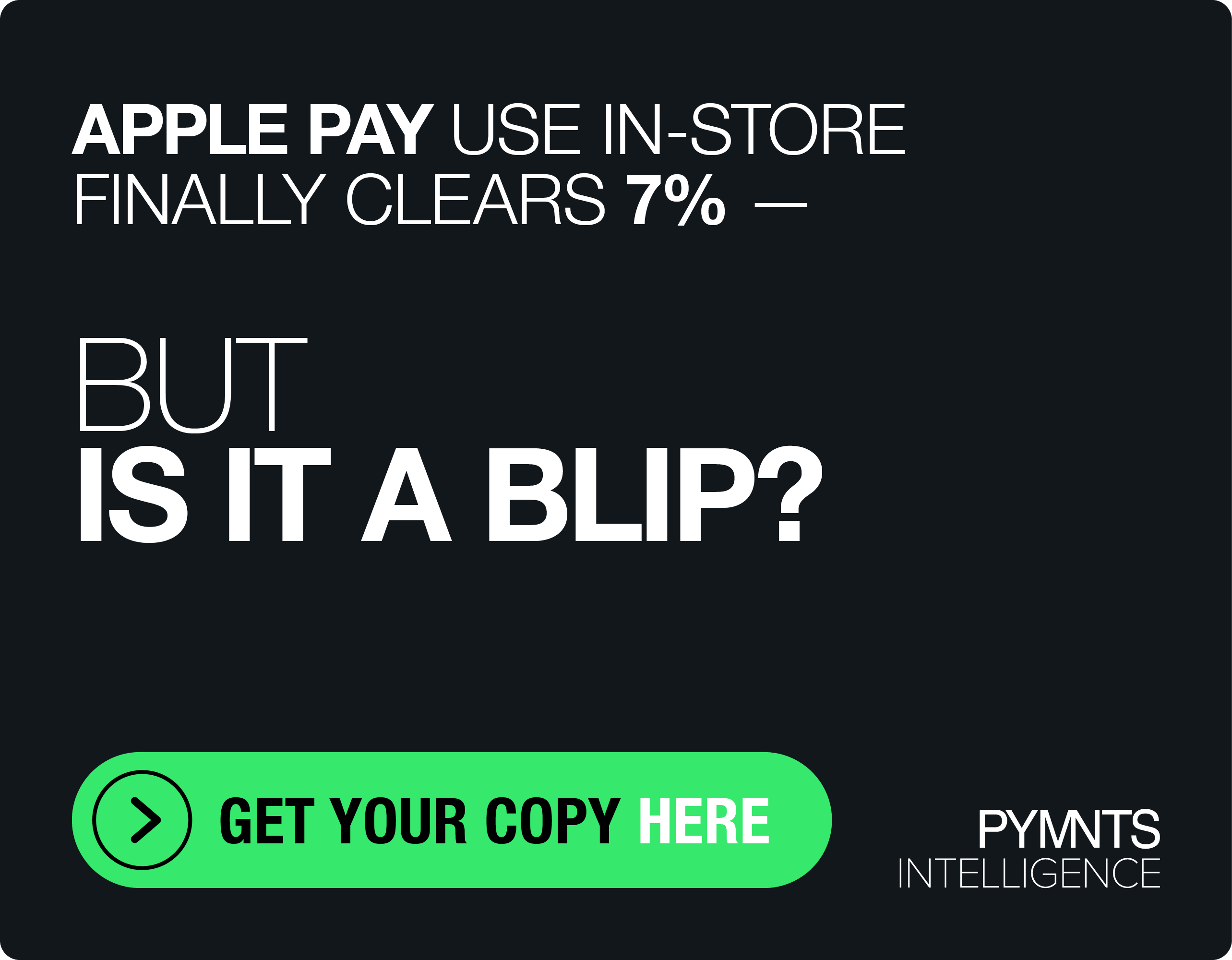Collaboration Elevates The Multitasking Path To Modern Cross-Border B2B Payments

Cross-border B2B payments remains among the most difficult segment of corporate payments to optimize. Weighed down by the legacy of a correspondent banking system that often lacks speed, transparency and availability of data, traditional cross-border business payments can be somewhat of an enigma to FinTech and payments innovators.
Some industry players are working with existing payment rails or investing in entirely new infrastructure. Beyond the act of moving funds, there is also a growing number of technologies and services that aim to add value for corporate end users by enhancing visibility and predictability into transactions, mitigating risk, accelerating speed and enabling integration of data into back-office platforms.
In an ecosystem where there is no shortage of friction and plenty of opportunity for innovation, industry disruptors are discovering the value of collaboration to multitask and forge multiple paths to progress.
The most recent to take a multifaceted approach to this conundrum is Goldman Sachs, whose partnership with Fiserv became the latest of multiple strategies the financial institution has deployed to propel cross-border B2B payments into the modern age. The effort reveals how the financial institution is banking on industry collaboration to multitask and broaden the reach of novel B2B payment technologies and solutions.
Setting The Stage With Visa
Earlier this year, Goldman Sachs placed its cross-border B2B payments ambitions front and center through a partnership with Visa. Announced in June, the collaboration saw the financial institution (FI) connecting its transaction banking clients to an array of Visa technologies.
The idea was to connect users to solutions depending on the particular pain points they experience.
For instance, high-value, low-frequency global B2B transactions can leverage Visa B2B Connect, Visa’s account-to-account (A2A) payments network that, since its launch, has expanded to include 97 markets around the globe.
Low-value, high-frequency global B2B transactions, meanwhile, will deploy Visa’s Direct Payouts tool, a push payment solution that can move funds directly to the accounts of small businesses and consumers by leveraging 16 card networks, 65 ACH networks, seven real-time payment services and five payment gateways.
This multirail, ground-up approach to addressing cross-border B2B payments includes efforts to overcome the infrastructure challenge of legacy correspondent banking networks, as well as the user-experience challenge of traditional cross-border B2B payment methods that often fail to provide corporates visibility into where funds are, when they will arrive or what has caused any potential delay.
“The data is extremely important, and without adjusting the underlying rails and infrastructure to accommodate more robust and enriched data payloads, how else is that going to happen?” Alan Koenigsberg, global head of New Payments Flows at Visa Business Solution, previously told Karen Webster.
Expanding Progress To Others
As Goldman Sachs turns to partners to support its own clients’ cross-border B2B payments needs, the financial institution is now taking that progress to other businesses through its more recent deal with Fiserv.
Their latest initiative will see Goldman Sachs Transaction Banking providing cross-border B2B payment services to Fiserv clients, enabling seamless global supplier payments by providing Fiserv clients access to Goldman’s centralized payments suite. The technology will be made available within Fiserv’s existing accounts payable technologies, including SnapPay.
“Pairing our B2B accounts payable technology with an industry leader in transaction banking offers these clients a secure solution that brings new levels of automation, efficiency, and cost savings to accounts payable,” David Ades, head of Global Enterprise Solutions at Fiserv, said in a statement.
Many of the most aggressive efforts to combat global B2B payments friction aim to multitask, and the Goldman-Fiserv pairing is taking a deliberate approach to tackling several pain points. Initially, their efforts will focus on reducing B2B transaction costs and accelerating settlement speeds while automating the reconciliation of transactions with corresponding invoices and providing real-time payment tracking. The ability for Goldman Sachs to integrate its cross-border payments capabilities directly within Fiserv platforms also eases the pains of data integration and efficiency in the back office.
Combatting the laundry list of cross-border B2B payment friction points and bottlenecks demands this kind of juggling. Yet whether a financial institution is lending its technology and services to a partner or embracing the opportunity to embed the technology and services of other innovators, industry collaboration appears to be the way forward.
